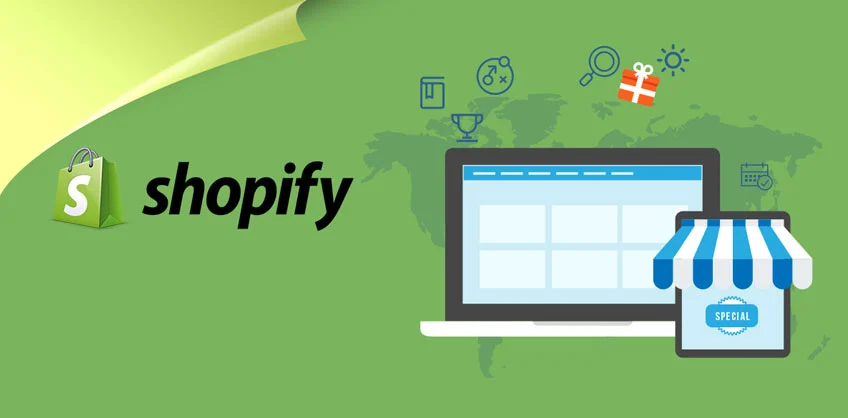Shopify is one of the major leading e-commerce platforms in the world.it is mainly for small to medium-sized companies trying to set up an online presence. Whether you are a new business entrepreneur or a longtime business owner aiming to transition online, knowing the tutorial of Shopify is important for success in the digital marketplace.

Getting Started with Shopify
1. Sign Up and Initial Setup
The first step is to make an account. Visit Shopify’s website and sign on for a free trial. You will need to present your e-mail address, create a password and select a store name. Once you’ve entered some simple data information about your enterprise, you’ll land in your Shopify dashboard, the central hub for managing your store. If you need expert assistance, consider consulting a Shopify web development company to help you optimize your store setup and functionality
2. Choose a Plan
Shopify gives numerous pricing plans, starting from Basic to Advanced, each with different functions and transaction expenses. For beginners, the Basic plan is normally sufficient, providing important functions like website customization, product listings, and customer service.
3. Domain and Online Store Setup
You can purchase a new domain via Shopify or connect an current one. Once your domain is set up, it’s time to start creating your online store. Shopify offers a variety of paid and free themes that you can customize to fit your brand’s style. Themes are customer-friendly and do not require any coding knowledge, even though you can explore HTML and CSS to make your own custom changes.
Adding Products and Managing Inventory
4. Product Listings
Navigate to the “Products” section on your dashboard and click “Add product.” Here, you can input essential details like product title, description, images, pricing, and inventory levels. High-quality images and detailed descriptions are important for attracting customers and driving sales.
5. Inventory Management
Shopify’s inventory management system allows you to track stock levels, set up alerts for low inventory, and even manage variants like size and colour. This feature ensures that you never oversell and can keep your customers informed about product availability.
Setting Up Payment and Shipping
6. Payment Gateways
Shopify integrates with several fee gateways, and it is included with Shopify Payments, PayPal, and Stripe. Setting up Shopify Payments is simple and allows you to just accept credit card payments at directly to your store, regularly with low transaction costs.
7. Shipping Options
Under the “Settings” menu, you’ll locate the “Shipping and Delivery” segment. Here, you can configure delivery charges, choose carriers, and set up transport zones. Offering multiple shipping options, which include standard and expedited transport, can enhance the customer experience.
Launching and Marketing Your Store
8. Launch Preparation
Before launching, thoroughly test your store. Ensure all links work, the checkout technique is smooth, and all product details are correct. Use Shopify’s built-in analytics to reveal traffic and sales, allowing you to make statistics-driven selections.
9. Marketing Tools
Shopify offers various advertising tools, that is included SEO optimization, email marketing integration, and social media connectivity. Utilize Shopify’s weblog feature to create content that attracts organic visitors, and leverage discount codes and promotions to incentivize purchases.
10. Customer Support and Resources
Shopify provides 24/7 customer support via chat, email, and mobile. And additionally, the Shopify Help Center and community boards are priceless resources for troubleshooting and getting to know other users’ experiences.
Conclusion
Starting an online store with Shopify in 2024 is a streamlined method that empowers even the most tech-averse entrepreneurs to create a professional and practical e-trade website. By following these basic steps setting up your store, adding products, configuring bills and shipping, and utilising marketing tools you may be well on your way to e-commerce achievement. As you come to be greater familiar with the platform, you can discover advanced features to similarly enhance your store’s performance and customer experience. For more specialized needs, partnering with a Shopify app development company can help you create custom functionalities tailored to your business.








